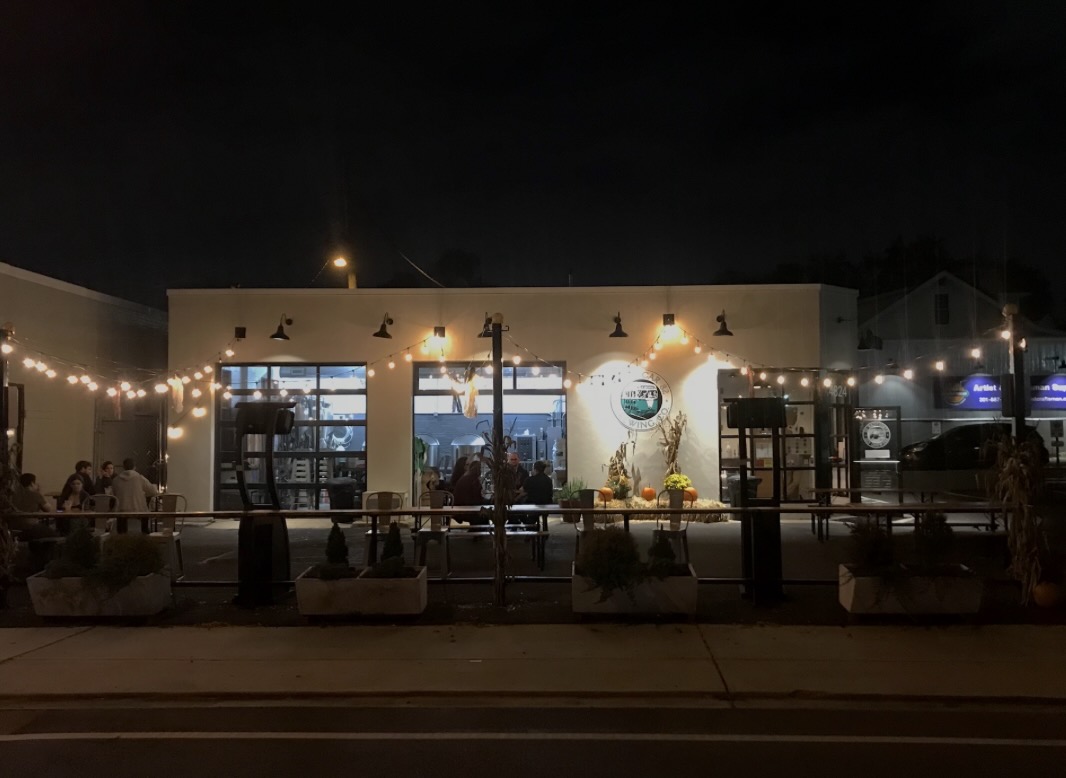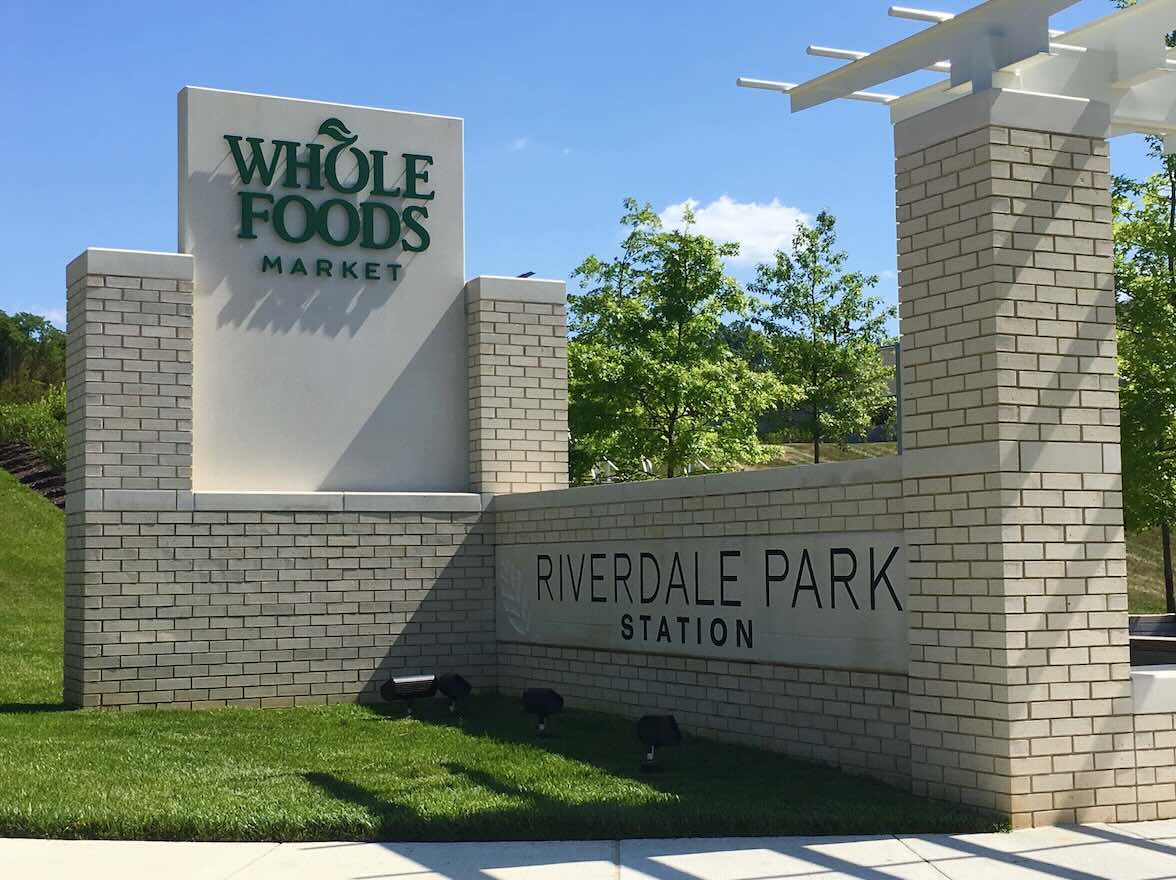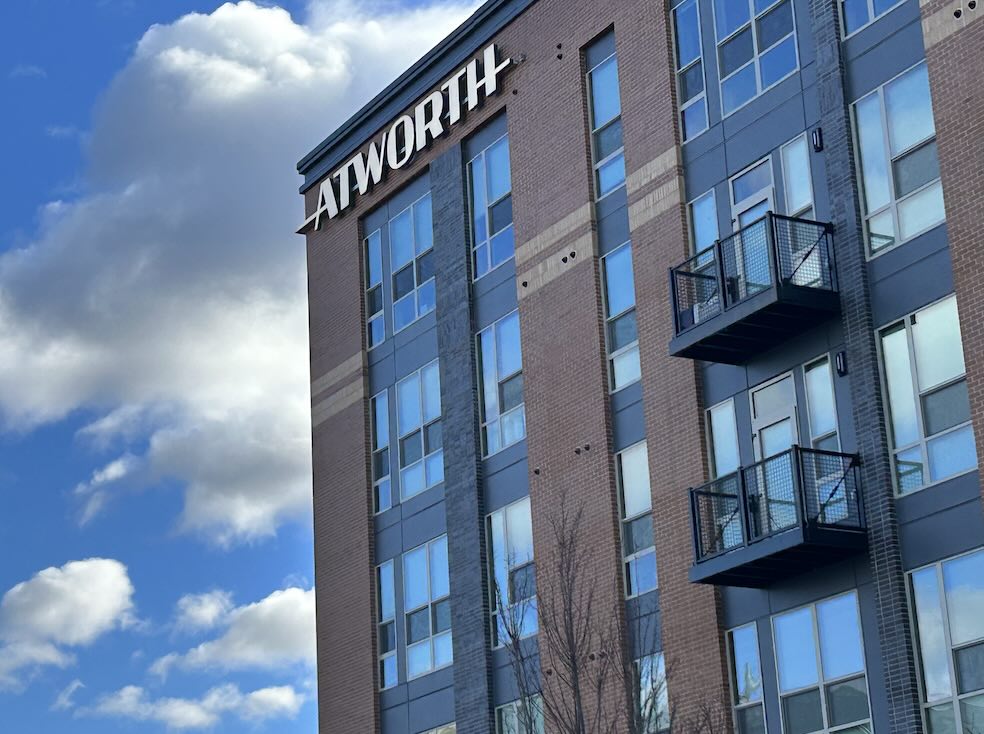 The phrase “George Washington slept here” is the historical equivalent of one of those ubiquitous ad slogans like “nothing’s proven stronger”: It’s true, but you might want to check the fine print.
The phrase “George Washington slept here” is the historical equivalent of one of those ubiquitous ad slogans like “nothing’s proven stronger”: It’s true, but you might want to check the fine print.
The George Washington House in Bladensburg is a classic example of the phenomenon.
The building has more than enough history to be noteworthy: Built in the mid-1700s, it is part of a complex that also included a tavern, blacksmith shop and counting house, among other things. It’s listed on the National Register of Historic Places as representative of Bladensburg’s storied past.
Over the years, its owners and occupants have included the niece of the man Bladensburg is named for, a British military official who briefly commandeered it during the War of 1812, the populist leader Jacob Coxey during his march on Washington and the pioneering hot-air balloonist Peter Carnes. Today, it’s home to the Anacostia Watershed Society.
But this history is in some ways overshadowed by its tenuous connection to the nation’s first president.
At the end of his second term in office, Washington traveled from Philadelphia back to his home at Mount Vernon. On March 26, 1797, he wrote a letter to one of his friends in Philadelphia, the socialite Elizabeth Willing Powel, imploring her to come visit him (rather flirtatiously) and then giving a rundown of the conditions of the roads along the way.
Ever the surveyor, Washington’s notes are methodical, as he pans a popular stopping place — “the lodging is bad; the eating tolerable” — and argues it would be better to press on:
From Baltimore to Elkridge landing, where the chances are equal whether you get something or nothing, is eight miles; & six more to Spurriors, a ho. much resorted, not because it is well kept but because there is no other; the lodging is bad—the eating tolerable. Vanhorn’s 14 Miles further is passable; better for lodging than eating. At Bladensburgh nine miles beyond a good house is kept by one Ross (sign of the Indian Queen).
This letter, and its brief but hearty endorsement — “a good house” — is the sole evidence that George Washington slept at the Indian Queen Tavern then owned by Richard Ross (incidentally, he may or may not have been the same hotelier who built the charming Rossborough Inn building on the University of Maryland campus).
Even presuming that Washington did, in fact, sleep here in 1797, he would have slept in a building next door, since the one which remains today was not in use as a tavern at the time. But by the 1870s — the centennial of the nation’s founding — that was enough of a hook for the building’s owner to start calling it the “George Washington Hotel.”
A photo taken between 1895 and 1905 shows the marketing was even painted directly onto the building’s chimney: “A.D. 1732 Geo. Washington House.”
At this point, correcting the record would almost be beside the point. The building’s name stands as a historical marker that signifies itself: a reminder that even in the past, people were obsessed with the past.















